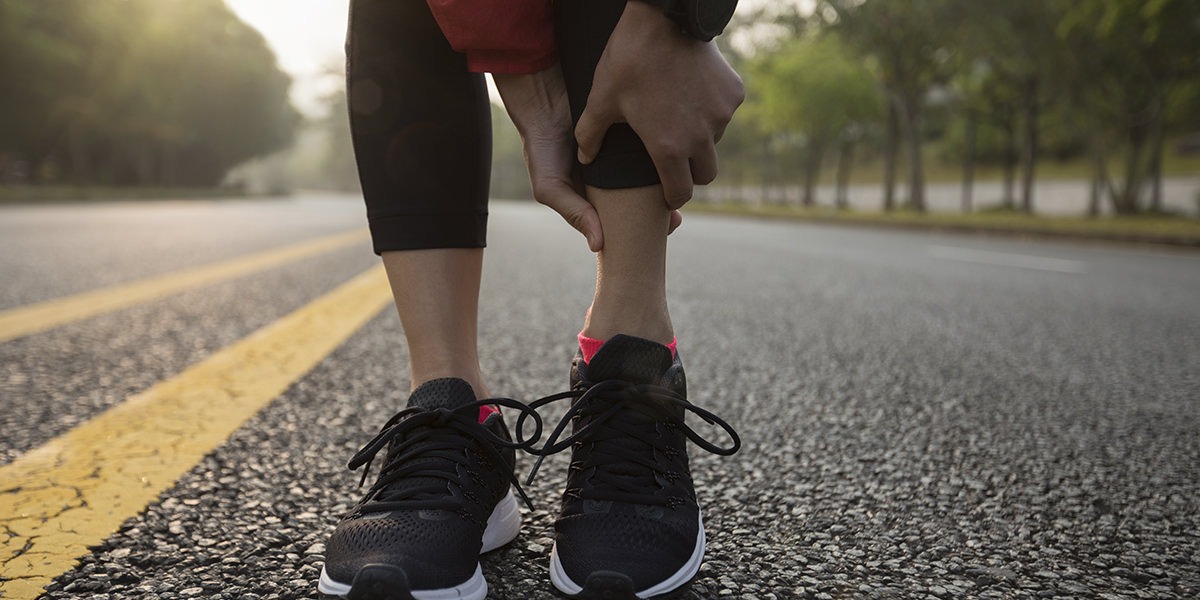Injury prevention tips are crucial for individuals leading active lifestyles. Whether you’re an athlete, fitness enthusiast, or simply someone who enjoys staying active, understanding how to prevent injuries is key to maintaining a healthy and sustainable routine. By incorporating effective strategies, you can minimize the risk of common injuries and ensure that you can continue enjoying your favorite activities safely and confidently.
Understanding the Basics of Injury Prevention
When it comes to injury prevention, one of the most important strategies is warming up and cooling down effectively. Warming up prepares your body for physical activity by increasing blood flow to the muscles and improving flexibility. This helps reduce the risk of strains and sprains during exercise. Similarly, cooling down allows your body to gradually return to its resting state, preventing muscle soreness and promoting recovery.

Incorporating Dynamic Warm-Up Exercises
Dynamic warm-up exercises are an essential component of injury prevention tips. These exercises involve movements that mimic the activity you’re about to engage in, such as lunges, leg swings, and arm circles. By gradually increasing the intensity of your movements, you can effectively prepare your muscles and joints for the demands of your workout, reducing the likelihood of injury.
Prioritizing Proper Technique and Form
Maintaining proper technique and form is paramount when it comes to injury prevention. Whether you’re lifting weights, running, or participating in a team sport, using correct form not only maximizes the effectiveness of your workout but also reduces the risk of injury. Take the time to learn proper technique from qualified instructors or trainers, and always listen to your body to avoid overexertion.
Investing in Quality Gear and Equipment
Another important aspect of injury prevention is ensuring that you have the right gear and equipment for your chosen activity. Whether it’s supportive footwear for running, protective padding for contact sports, or a well-fitted bike helmet, investing in quality gear can significantly reduce your risk of injury. Make sure to regularly inspect your equipment for signs of wear and tear and replace any items as needed to maintain their effectiveness.
Listening to Your Body and Resting as Needed
Injury prevention isn’t just about physical preparation – it also involves listening to your body and knowing when to rest. Pushing through pain or fatigue can lead to overuse injuries and other health issues. Pay attention to any discomfort or signs of injury, and don’t hesitate to take a break or modify your workout accordingly. Remember that rest is an essential part of the recovery process and plays a crucial role in injury prevention.
Incorporating Cross-Training and Variety
Cross-training and varying your workout routine are effective strategies for injury prevention. Engaging in a variety of activities helps prevent overuse injuries by giving different muscle groups a chance to rest and recover. Additionally, cross-training improves overall fitness and reduces the risk of imbalances or weaknesses that can lead to injury. Incorporate activities such as swimming, yoga, or cycling to complement your primary workout routine.
Seeking Professional Guidance and Support
If you’re unsure about how to prevent injuries or if you’ve experienced recurring pain or discomfort, don’t hesitate to seek professional guidance and support. A qualified healthcare provider or sports medicine specialist can assess your individual needs and provide personalized recommendations for injury prevention. They can also help you address any existing injuries or imbalances to prevent them from worsening over time.

FAQS
1. Why are injury prevention tips important for active individuals?
Injury prevention tips are crucial because they help minimize the risk of common injuries associated with physical activity. By following these tips, individuals can maintain their active lifestyles safely and sustainably.
2. What role does warming up and cooling down play in injury prevention?
Warming up increases blood flow to the muscles and improves flexibility, reducing the risk of strains and sprains. Cooling down allows the body to gradually return to its resting state, preventing muscle soreness and promoting recovery.
3. What are some examples of dynamic warm-up exercises?
Dynamic warm-up exercises include movements that mimic the activity you’re about to engage in, such as lunges, leg swings, and arm circles. These exercises prepare the muscles and joints for the demands of your workout.
4. How can I ensure I’m using proper technique and form during exercise?
Proper technique and form are essential for injury prevention. Seek guidance from qualified instructors or trainers, listen to your body, and avoid overexertion to maintain correct form and reduce the risk of injury.
5. Why is it important to invest in quality gear and equipment?
Quality gear and equipment provide necessary support and protection during physical activity, reducing the risk of injury. Regularly inspect your gear for wear and tear, and replace any items as needed to maintain their effectiveness.
Conclusion: Prioritizing Your Long-Term Health and Wellness
Injury prevention tips are essential for anyone looking to maintain an active lifestyle safely and effectively. By incorporating strategies such as warming up and cooling down effectively, prioritizing proper technique and form, and listening to your body, you can minimize the risk of injury and enjoy your favorite activities to the fullest. Remember to invest in quality gear, vary your workout routine, and seek professional guidance as needed to support your long-term health and wellness goals. With the right approach, you can stay injury-free and continue pursuing your fitness aspirations with confidence.




